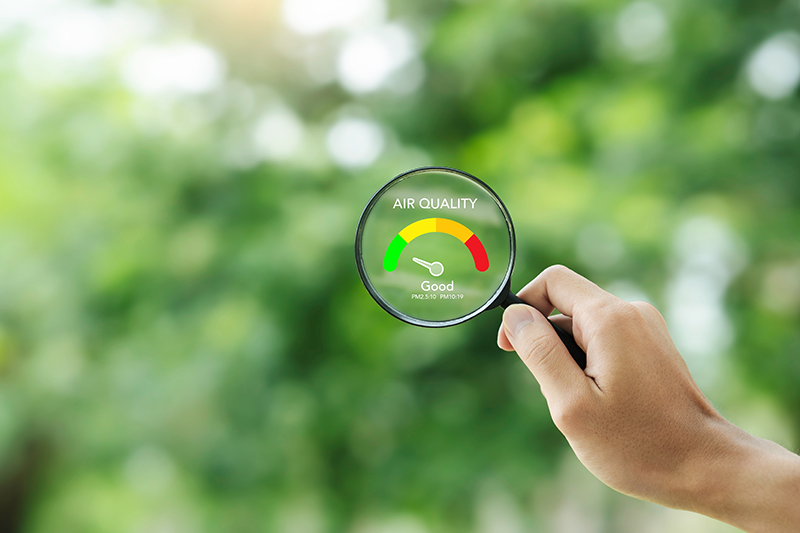Green buildings have a focus on sustainability and environmental impact reduction. They play a crucial role in promoting healthier homes and reducing ecological footprints. Central to the concept of green buildings is the emphasis on indoor air quality. In this blog, we delve into the importance of indoor air quality within green buildings. We also provide insights on how to enhance indoor air quality in green buildings. We want to help you foster a healthier and more sustainable indoor environment for all.
Understanding Green Buildings
Green buildings operate with an emphasis on efficiency, energy conservation, and environmental responsibility. These structures aim to reduce negative impacts on the environment. They want to create healthy and productive indoor spaces for occupants. Key features of green buildings include energy-efficient designs and water conservation measures. Renewable energy and sustainable materials are also common in these buildings.
Importance of Indoor Air Quality in Green Buildings
Indoor air quality (IAQ) is a critical aspect of green buildings. Poor indoor air quality can lead to various health issues. These include allergies, respiratory conditions, and discomfort. This can impact the well-being of the people in these buildings. Clean and healthy indoor air promotes productivity and concentration. This is why IAQ is a key factor in creating conducive work and living environments. Improving indoor air quality aligns with the core principles of sustainable architecture. This helps to contribute to the health and sustainability of green buildings.
Improving Indoor Air Quality in Green Buildings
To optimize indoor air quality within green buildings, consider implementing the following strategies.
1. Efficient Ventilation Systems
- Natural Ventilation. Incorporate design elements that use natural airflow and ventilation within the building. This can help reduce reliance on mechanical cooling systems.
- Energy Recovery Ventilation (ERV). Install ERV systems to improve ventilation efficiency while conserving energy. This system transfers heat and moisture between incoming and outgoing air streams.
2. Air Filtration and Purification
- High-Efficiency Particulate Air (HEPA) Filters. Use HEPA filters in HVAC systems. These capture airborne particles, allergens, and pollutants, enhancing indoor air quality.
- Air Purifiers. Integrate air purifiers equipped with activated carbon filters and UV-C light technology. These can reduce impurities and improve IAQ.
3. Green Cleaning Practices
- Non-Toxic Cleaning Products. Use non-toxic cleaning products that are good for the environment. They can reduce chemical emissions and maintain a healthy indoor environment.
- Regular Cleaning Schedules. Have regular cleaning routines. They can reduce dust, mold, and other contaminants that can affect indoor air quality.
4. Indoor Plants and Biophilic Design Elements
- Plants for Air Purification. Include indoor plants known for their air purifying properties. These plants include spider plants and peace lilies and can enhance IAQ.
- Biophilic Design. Incorporate biophilic design elements like natural light, green walls, and indoor gardens. These work to promote well-being and connection with nature within the building.
Contact Us
Enhancing indoor air quality in green buildings builds a healthy and sustainable environment. Focus on ventilation, air filtration, green cleaning practices, and biophilic design elements. Green buildings can achieve optimal indoor air quality standards while reducing environmental impact. Prioritizing IAQ benefits occupants’ health and well-being. It also works towards sustainability and eco-conscious design in the built environment. If you need help improving indoor air quality in your green building, contact us today.

